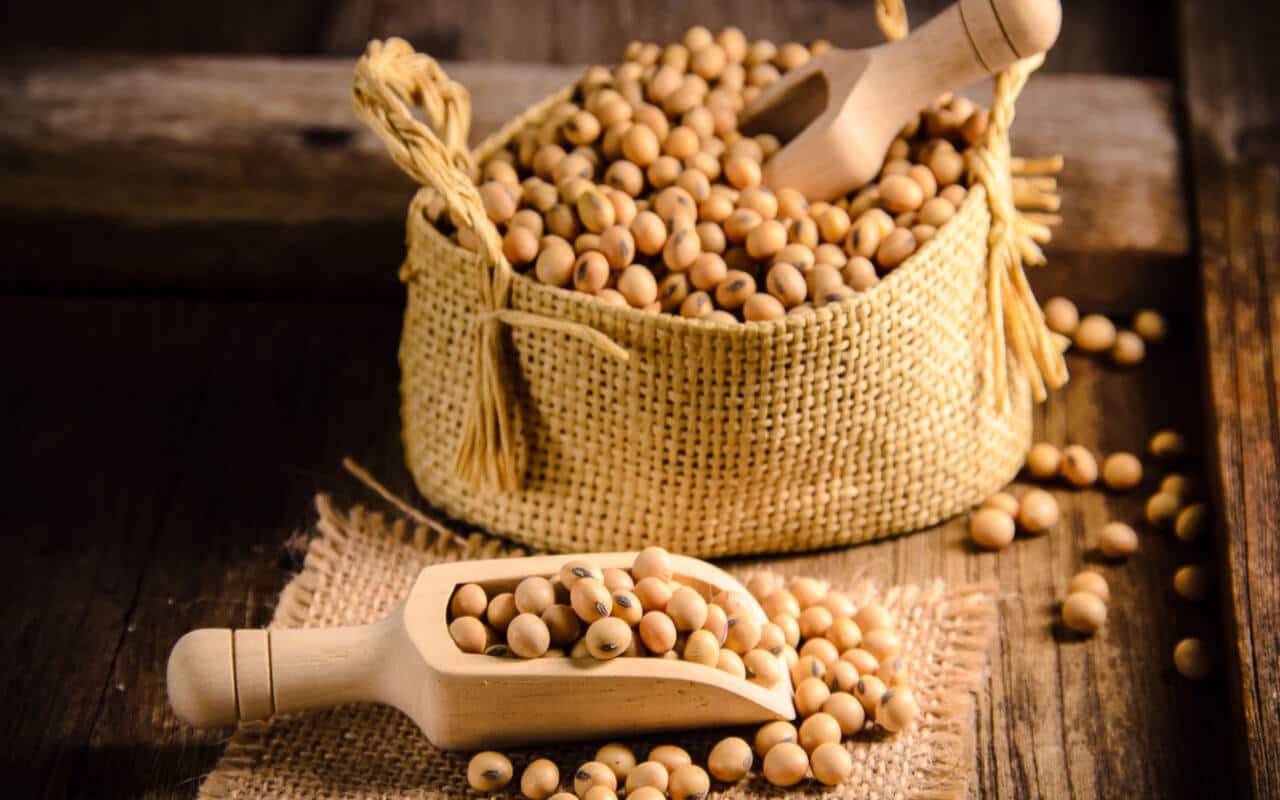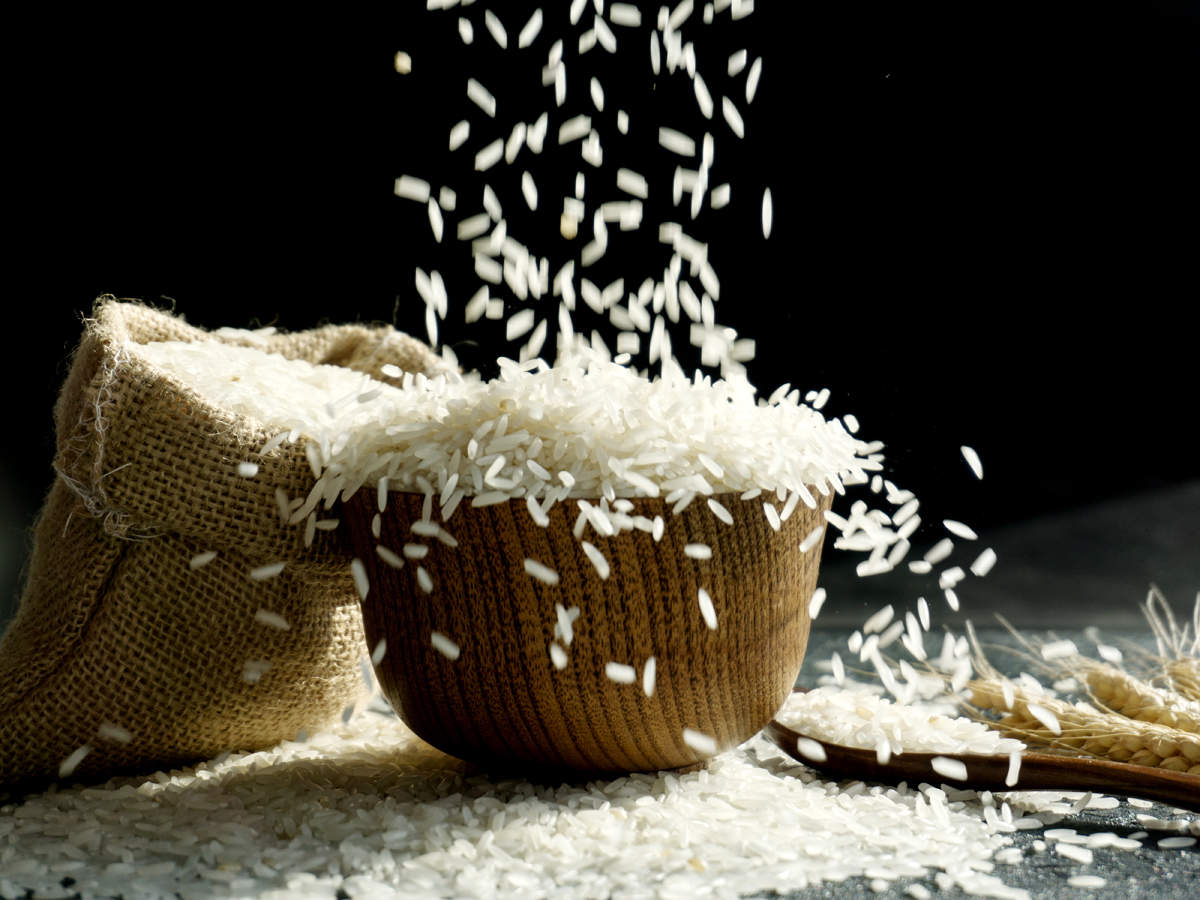Despite the Center’s restrictions on exports of non-basmati white rice and the imposition of a 20% export levy, Indian rice remains competitive on the international market. Although prices have increased by over $30 a tonne over the last two months, Indian cereal remains competitive.”The worldwide market for rice continues to be quite competitive for Indian rice. The Customs officials are presenting us with a few minor obstacles, according to Bulk Logix Director VR Vidya Sagar.
Thailand is offering it at $440 ($444 three months ago), Pakistan is at $437 ($413), and Vietnam is at $442 ($403), according to Thailand Rice Exporters Association data. India’s 5% broken white rice is quoted at $397 against $365 on September 17- a week after India imposed curbs and the duty — while Thailand is offering it at $440 ($444 three months ago). According to Sagar, “We are currently offering 5% broken rice for $375380 a tonne free-on-board (f.o.b) and 25% broken at $375.” According to the Thai Rice Exporters Association, Pakistan offered $417 ($383), Vietnam offered $422 ($383), Thailand offered $433 ($433), and India offered $382 ($358) for its 25% violated offer.
Parboiled rice exports, which are permitted duty-free, are priced at $377 ($378), whereas Pakistan and Thailand are selling the same rice for $452 ($398) and $453 ($462, respectively). No parboiled rice is made in Vietnam. “Although the Center has restricted exports, there is no shortage,” Sagar remarked. In the world market, India continues to be the cheapest place to buy rice, particularly the parboiled variety. The main issue, according to a representative of an export-import company with offices in Delhi, is that the Kharif crop is not clearly defined.
“Supply is constrained, and neither Pakistan nor South-East Asia is in a good situation. The Kharif rice harvest could not be as large as the Ministry of Agriculture’s initial projections. The estimate places rice production at 104.99 million tonnes (mt), down from 111.76 mt last year. Eastern Uttar Pradesh, Bihar, Jharkhand, Odisha, and West Bengal all experienced difficulties with Kharif paddy cultivation this year due to insufficient rainfall. By the end of December, according to Chandrasekaran, a clear picture of the Kharif rice production will be available. The representative of the export-import company said that we won’t have any answers until January.

